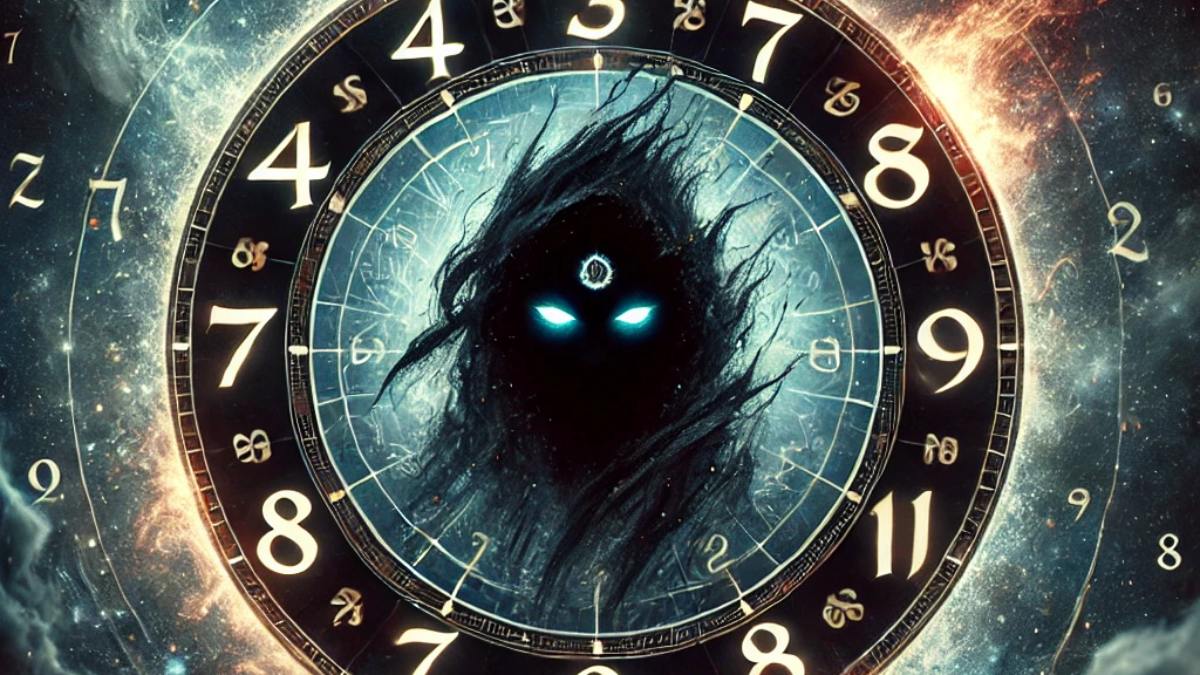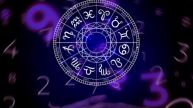In the vastness of Indian culture, certain beliefs have carved a niche for themselves, fueling conversations and sometimes fears. The concept of “Nazar Dosh,” or the Evil Eye, is one such belief deeply rooted in the traditions of many Indian families. You may have heard your grandmother warning you about it, or perhaps you’ve seen a lemon and chili charm hanging at a friend’s door. But what does it all mean?
Who’s Most At Risk Of The Evil Eye?
According to Vedic numerology, some individuals born on specific dates might be more susceptible to the Evil Eye. Dates such as the 2nd, 3rd, 7th, 8th, 12th, 14th, 16th, 18th, 20th, 25th, 28th, and 31st of any month often mark individuals who are candid and transparent. They are the kind of people who don’t shy away from speaking their mind. Their honesty often earns them admiration, but it also makes them prone to jealousy and envy from others.
These individuals are diligent, and their dedication often leads them to success. However, with success, they sometimes become targets of negative energies, often leading to unexplained health issues or mood swings. Imagine being at the top of your game, only to find yourself trapped in a series of sudden mishaps. Isn’t that unsettling?
How Can You Ward Off The Evil Eye?
- Hang a Lemon-Chili Charm: A simple yet age-old practice involves tying a lemon and a few green chilies with a black thread and hanging it at the entrance of your home. It is believed to ward off any negativity that might be lurking about.
- Mimic Mother Nature: Keeping peacock feathers at home is said to invite positivity and keep away malicious glances. Who wouldn’t want to add such a visually pleasing item to their décor?
- The Power of Panchmukhi Hanuman: Wearing a locket of Lord Hanuman with five heads around your neck is not just a fashion statement, but a powerful amulet believed to protect against evil influences.
- Chant Away the Woes: Consistent recitation of the “Hanuman Chalisa” and the “Bajrang Baan” stands as a spiritual shield. Words, when combined with faith, can indeed move mountains.
- Embrace Black Threads: A gift from Bhairav Baba’s temple, a black thread around the neck, offers both symbolic and spiritual protection. This humble accessory holds a promise of safety in the wearer’s heart.
The Whispering Traditions
These practices are steeped in tradition and carry the whispers of countless generations. They may seem simple, perhaps even superstitious to some, but for many, they offer a sense of comfort and protection in an unpredictable world.
Sitting across the room, watching a small child with a black dot on his forehead, one can’t help but smile at such gestures of love and protection. It’s these little cultural nuances that remind us of the age-old human need to safeguard our loved ones from unseen dangers.
While modern science may not endorse these practices, they remain a testament to the cultural richness and spiritual diversity found in India. Next time you pass by a door adorned with a lemon and chili charm, allow yourself a moment to appreciate the blend of faith, love, and tradition that it represents. In a world that’s constantly evolving, sometimes believing in the intangible is what keeps us rooted and grounded.
The belief in the Evil Eye and the accompanying practices are among the many fascinating aspects of Indian culture, highlighting not only the rich tapestry of traditions but also the universal human fear of the unseen. Whether or not you believe in Nazar Dosh, understanding its significance can open a gateway to deeper conversations about culture, tradition, and the ways in which we strive to navigate a world filled with both seen and unseen challenges.












